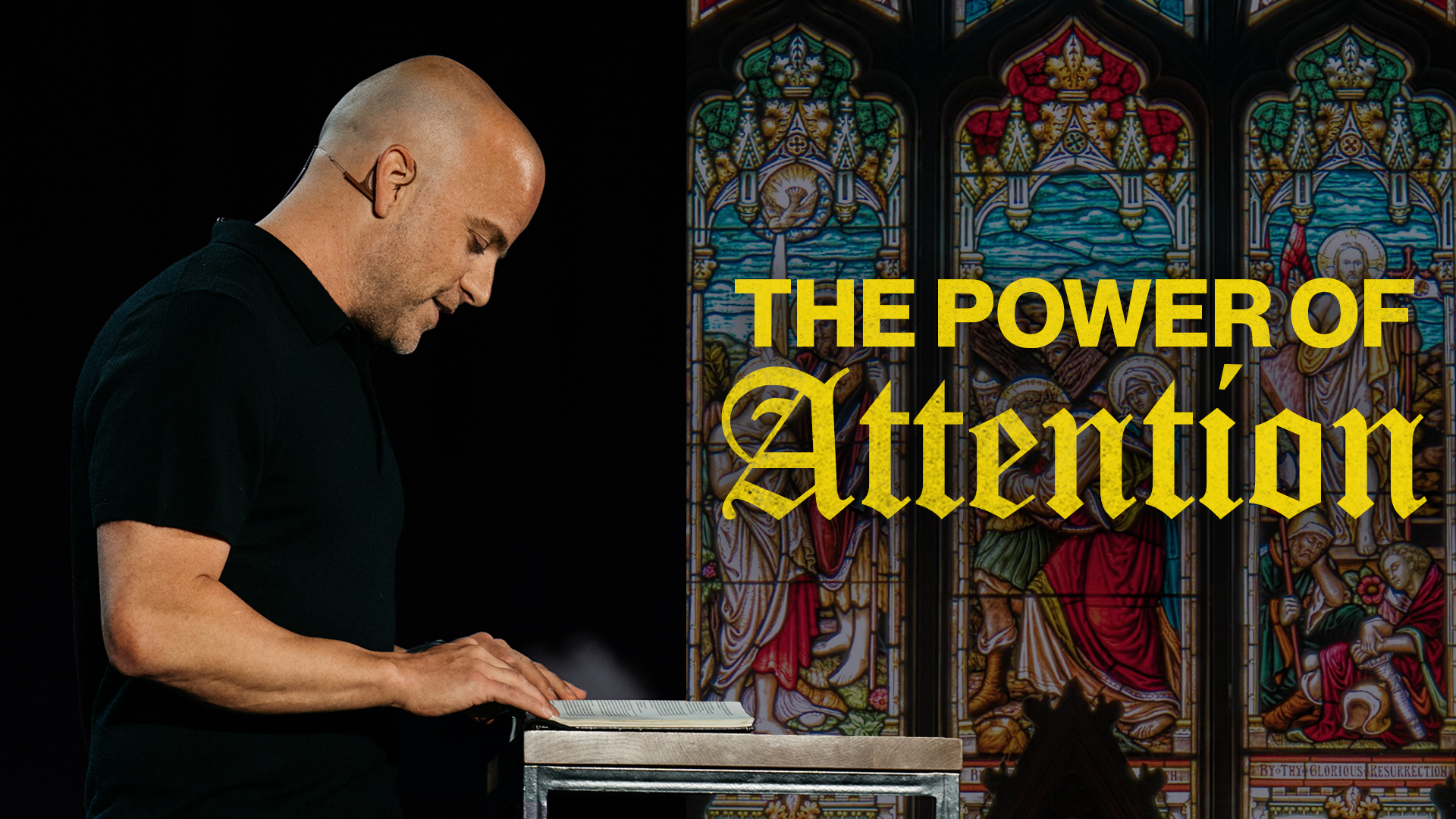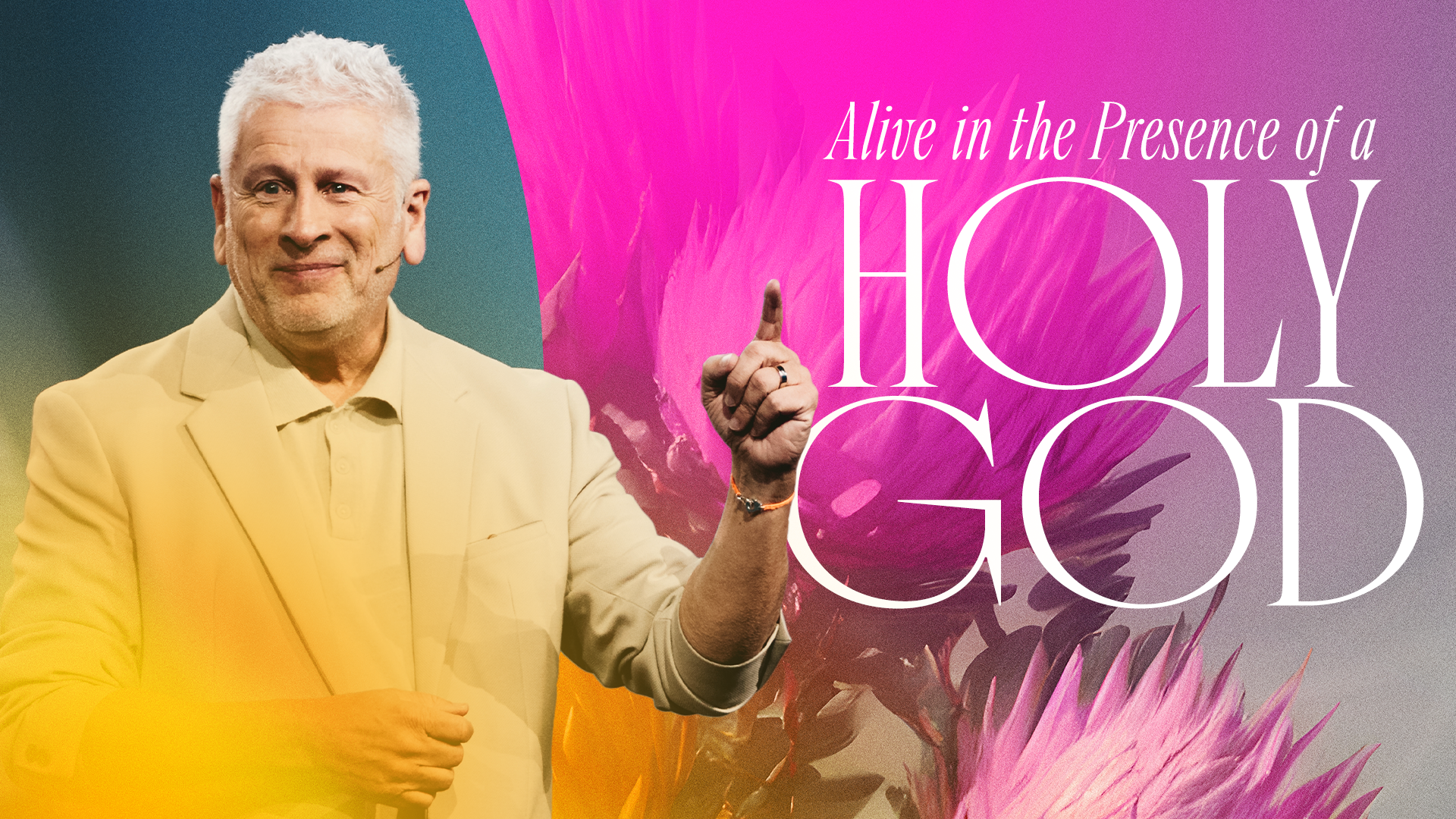Five hundred years ago, Shakespeare hadn’t written a single word. The Spaniard Ponce de León had only just landed across the Atlantic and named the land La Florida. Queen Elizabeth I wasn’t even born yet. Five hundred years is a long time.
Five hundred years before Jesus appeared one morning in Pilate’s courtyard, a chubby, bearded rabble-rouser was causing a ruckus in Greece.
Socrates is said to have been short with stubby features, balding, and contemporary descriptions of him describe his gait as that of a duck. He was a bit of a sagely bridge troll.
At his home in Athens, there was a famous temple at Delphi where the oracles lived. Leading up to the entryway to this temple, the words γνῶθι σεαυτόν—“Know Thyself”—were engraved into the stone.
When it was engraved, it meant something different than perhaps the modern reader would think. It was a tribute to the god Apollo, meaning “Know your station in life. Let gods be gods, let kings be kings, and don’t try to upset someone else’s position in the social sphere.”
Socrates flipped this aphorism on its head and then paired it with one of his most famous assertions: “The unexamined life is not worth living.” He took “Know Thyself” from the context of knowing your place in regards to community and implanted meaning “know who you are internally.”
He turned it from extrospection to introspection.
Value systems weren’t the only thing he upended. One of the more enduring institutions he changed was instruction itself. He had this way of teaching that was incredibly annoying, which we have come to call the Socratic Method. In this method, direct instruction is all but nonexistent; the teacher doesn’t instruct, they question. Each sentence the student speaks is answered with a question. Questions after questions, asymptotes on the way to understanding.
So even though he was famous for this line of questioning, there’s one dialogue he has that stands out as a little bit strange: in it, he gives a direct answer. He’s having a conversation with a man named Glaucon, in which they are trying to get at the root of what a philosopher is. Eventually, Glaucon asks, “whom do you mean by ‘genuine philosophers’?”
Socrates answered him straight up: “The genuine philosopher is one whose passion it is to see the truth.”
You can see Pilate’s eye roll from here.
Greece rolled its eyes at Socrates, too. He was eventually sentenced to death for corrupting the youth and teaching against the gods of the state, but his ideas endured. They inspired his student, Plato. And Plato’s student, Aristotle. And then the entirety of the Christian tradition, the Declaration of Independence, the Constitution.
We even see Socrates’ influence in Scripture. He’s all but named!
Notice Acts 17:16-18 (emphasis mine):
While Paul was waiting for them in Athens, he was deeply troubled by all the idols he saw everywhere in the city. He went to the synagogue to reason with the Jews and the God-fearing Gentiles, and he spoke daily in the public square to all who happened to be there.
He also had a debate with some of the Epicurean and Stoic philosophers. When he told them about Jesus and his resurrection, they said, “What’s this babbler trying to say with these strange ideas he’s picked up?” Others said, “He seems to be preaching about some foreign gods.”
Here’s Paul in Socrates’ birthplace five hundred years after Socrates taught there, and he’s debating with two types of people: Epicureans and Stoics.
The Stoics were disciples of a man named Antisthenes, who was, you might have guessed, a student of Socrates. The Epicureans developed out of the Stoics, in opposition to their lines of thinking. Socrates birthed both of them. And Paul was there, in the birthplace of Western thought, going toe-to-toe with their best thinkers, and delivering the good news about Jesus.
Every bit of this informs the hand-wave Pilate gave Jesus on the morning of his execution. The Socratic Method had already spread far and wide; professional philosophers were already arguing loudly in public places; pedantic discussions flashed their bright red warning lights.
One of these types, Pilate’s dismissive answer suggests. I’m not going to argue about what truth is on a Friday morning.
Pilate’s sarcastic “what is truth?” is sarcastic, a parody of the Socratic Dialectic that he was undoubtedly familiar with, and most definitely annoyed by. A sigh of resignation and over-it. This man standing in front of him is nothing more than an annoyance, muddying up his Friday and causing a ruckus about truth.
But his question is even more bothersome than you might be thinking.
Continued in Part Two
Keep Reading
Socrates and Jesus Part II
Some time before he was standing before Pilate, Jesus said something difficult to the people who believed that he was who he said he was:
You are truly my disciples if you remain faithful to my teachings. And you will know the truth, and the truth will set you free.
He said that you will know the truth. The Truth.
What is Truth?






